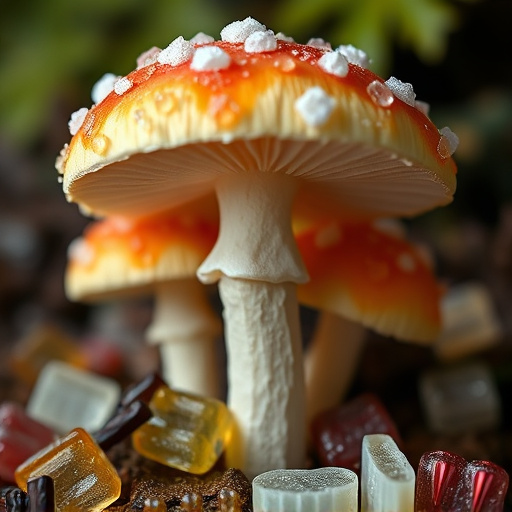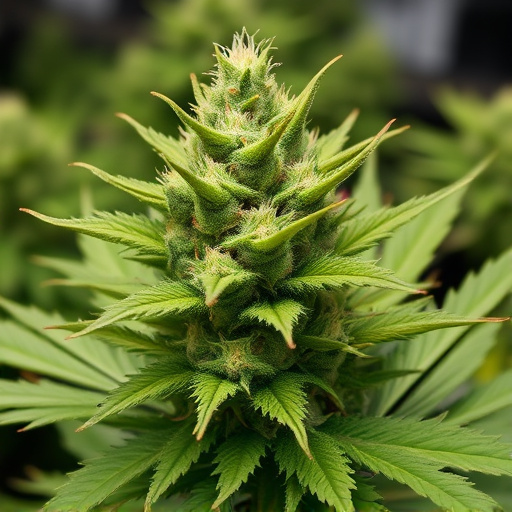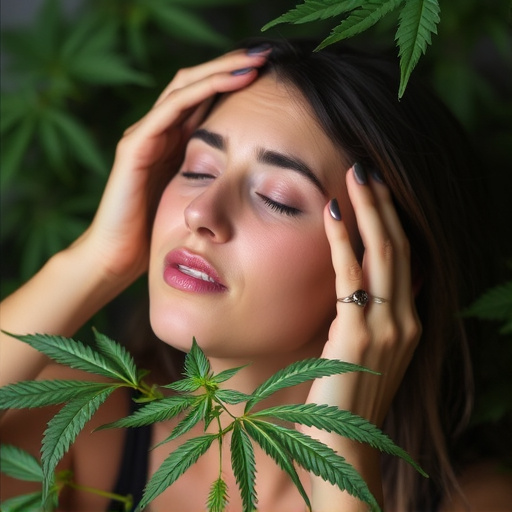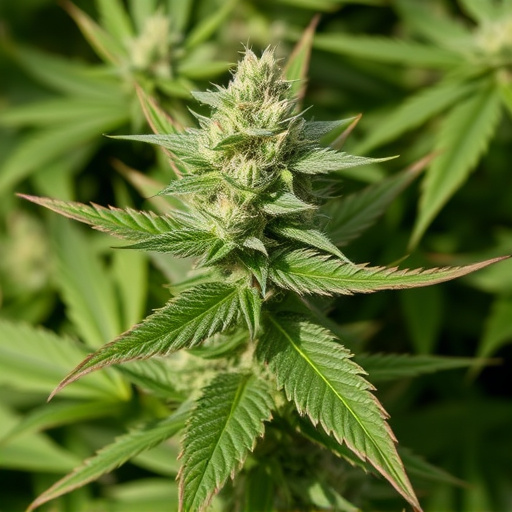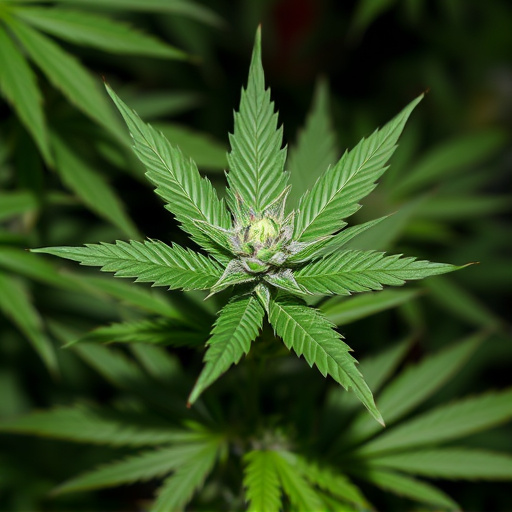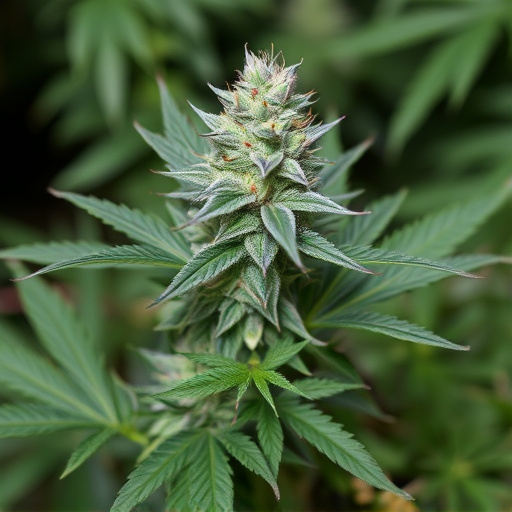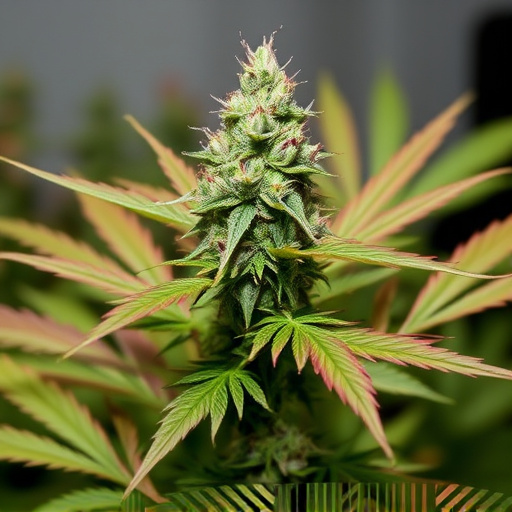Cannabis interacts with our bodies through the endocannabinoid system, offering therapeutic benefits but also carrying overdose risks, particularly with high-THC common weed strains. Individual experiences vary based on tolerance and consumption method, ranging from relaxation to unpleasant "bad trip" side effects. Recognizing overexposure signs like anxiety and paranoia is crucial for safety. While generally considered safe, modern high-THC common weed strains may lead to psychosis and severe anxiety in regular users. To mitigate risks, consumers should start with low doses, take breaks between sessions, and choose less potent Indica strains.
Can you overdose on cannabis flower? Despite its widespread use, many question the potential risks. This article delves into the topic, exploring the effects of cannabis and examining the possibility of an overdose. We’ll discuss common weed strains, their varying potencies, and the signs to watch for. Additionally, learn strategies to prevent and manage cannabinoid consumption, ensuring a safe and informed experience.
- Understanding Cannabis and Its Effects
- The Potential for Overdose: Signs and Symptoms
- Preventing and Managing Cannabinoid Overconsumption
Understanding Cannabis and Its Effects
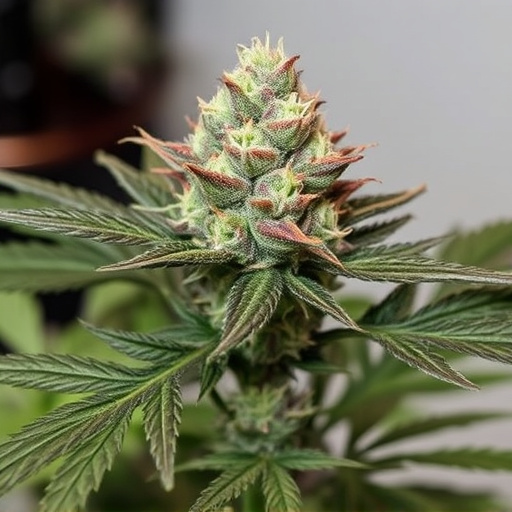
Cannabis, often referred to as weed, is a complex plant with various chemical compounds that interact with our bodies’ endocannabinoid system. While it’s known for its therapeutic benefits when used responsibly, understanding its effects, especially in relation to potential overdoses, is crucial. The primary active compound in cannabis is tetrahydrocannabinol (THC), which is responsible for the plant’s psychoactive properties. Common weed strains often have varying THC concentrations, ranging from moderate to extremely high, making it easier to consume more than intended.
The effects of cannabis can vary widely among individuals based on factors like tolerance, overall health, and method of consumption. For most users, cannabis provides a relaxing and mellow experience. However, consuming too much, especially in an unfamiliar setting or without knowing the specific strain’s potency, can lead to unpleasant side effects commonly known as a “bad trip” or even more severe reactions in extreme cases. Recognizing the signs of overexposure, such as intense anxiety, paranoia, or disorientation, is essential to ensure safety and prevent potential harm.
The Potential for Overdose: Signs and Symptoms

While cannabis is generally considered safe, there’s a growing concern about the potential for overdose, especially with the increasing potency of common weed strains. Unlike traditional substances, cannabis can produce both short-term and long-term effects, and its impact varies greatly from person to person. An overdose isn’t always about reaching a certain THC level; it’s more about consuming too much cannabis for your body to handle effectively.
Signs and symptoms of a potential cannabis overdose can include severe anxiety, paranoia, rapid heartbeat, panic attacks, confusion, disorientation, and extreme agitation. In some cases, users may experience hallucinations or delusions, especially with high-THC strains. It’s crucial to remember that these effects can be amplified in individuals who consume cannabis for the first time or those who have a low tolerance. If you or someone around you exhibits these symptoms after using cannabis, it’s important to seek medical attention promptly.
Preventing and Managing Cannabinoid Overconsumption
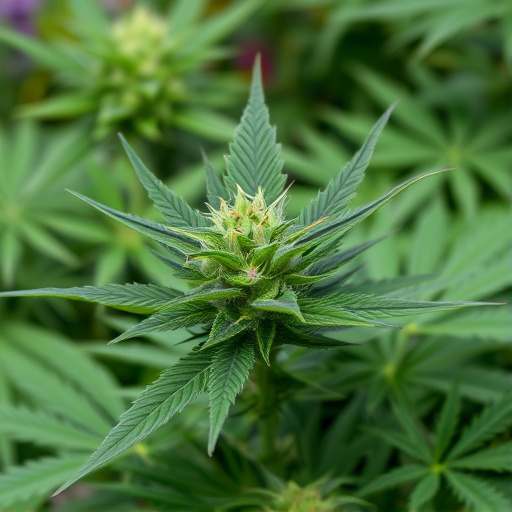
While cannabis is generally considered safe, it’s important to be mindful of potential risks, especially with regular use and higher concentrations of THC found in modern common weed strains. Overconsumption can lead to unpleasant experiences known as cannabis-induced psychosis or severe anxiety. To prevent and manage cannabinoid overload, users should start with low doses and gradually increase. Taking breaks between sessions is crucial, allowing your body to reset and reduce the chances of overstimulation.
Choosing less potent varieties, like Indica strains known for their relaxing effects, can help avoid overwhelming experiences. Staying hydrated, maintaining a balanced diet, and ensuring adequate sleep also contribute to healthier cannabis use. If you feel overwhelmed or experience adverse reactions, take a break, move to a safe space, and consider using breathing techniques or meditation to calm down.
While cannabis is generally considered safe, it’s crucial to understand that excessive consumption can lead to adverse effects. There is no known lethal dose for cannabis flower, but severe intoxication can cause discomfort and potentially dangerous symptoms. By being aware of the potential risks and following guidelines on usage, individuals can enjoy common weed strains responsibly. Educating oneself about dosage, considering potency, and listening to one’s body are key in preventing cannabinoid overdose.


